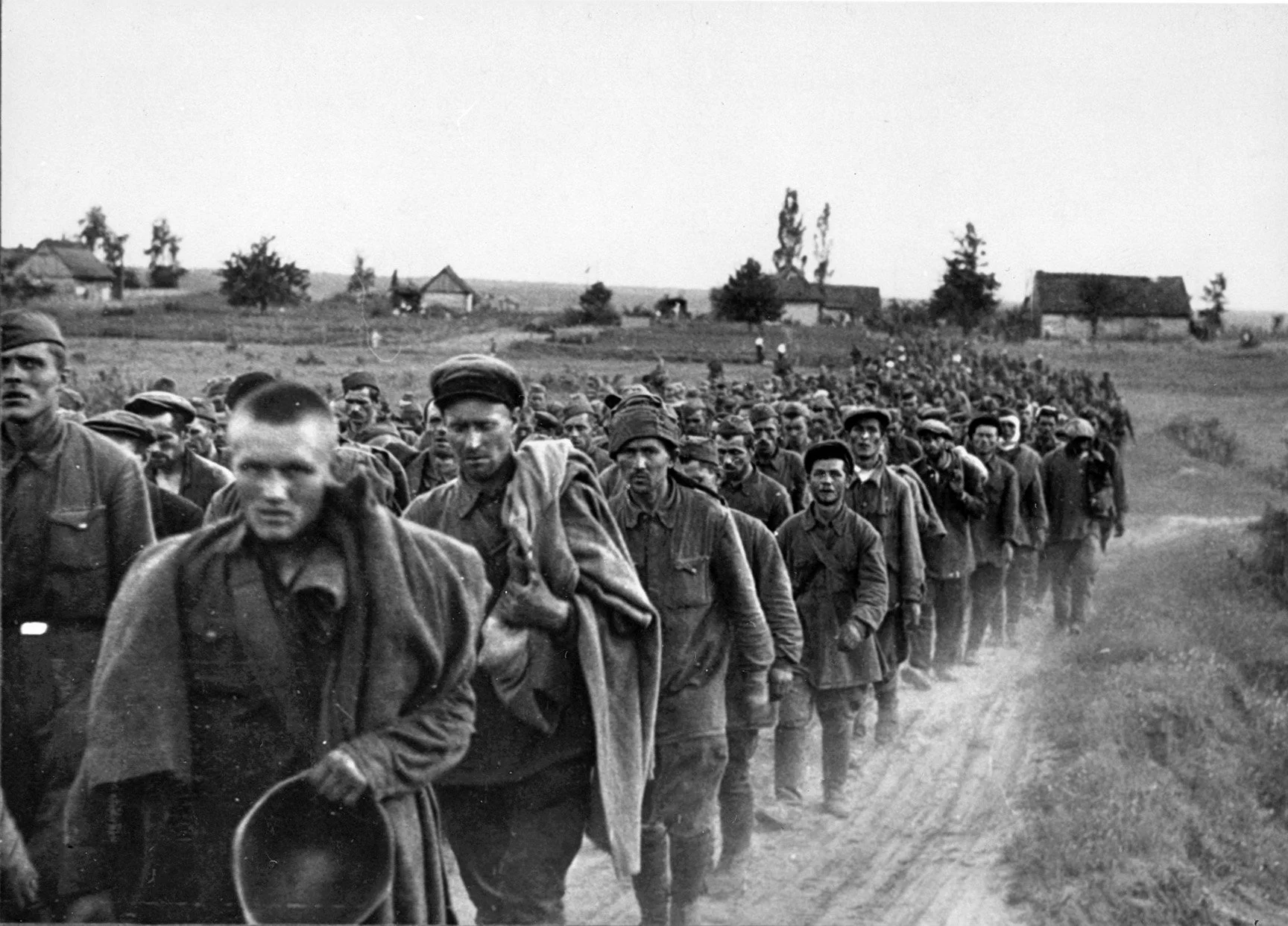Operation Barbarossa: The Invasion That Changed the War
On 22 June 1941, the early morning calm across Eastern Europe was shattered. Without warning, Germany launched Operation Barbarossa — the largest military invasion in history. Over three million Axis soldiers crossed into the Soviet Union, igniting a brutal campaign that would become one of the defining moments of the Second World War.
Hitler believed that conquering the Soviet Union would be swift and decisive. He saw it as both a military necessity and an ideological crusade. The plan was ambitious: three massive army groups would drive deep into Soviet territory, capturing key cities and destroying the Red Army in the process.
Army Group North was to seize Leningrad.
Army Group Centre would drive toward Moscow.
Army Group South aimed for Ukraine and its valuable resources.
The Germans expected the campaign to last just a few months — before the harsh Russian winter arrived.
The invasion began with overwhelming success. The Luftwaffe destroyed thousands of Soviet aircraft on the ground, and the German Blitzkrieg tactics — fast-moving tanks supported by air power — sliced through Soviet lines.
Entire Soviet divisions were encircled and captured in massive numbers. In the opening weeks alone, millions of Soviet troops were killed, wounded, or taken prisoner.
German propaganda portrayed Barbarossa as an unstoppable juggernaut — but beneath the surface, cracks were already forming.
As the Germans advanced, their supply lines stretched thin. The roads turned to mud during the autumn rains, and the Russian winter arrived earlier and harsher than expected.
Temperatures plunged to -40°C, freezing weapons, engines, and men alike.
The Soviets, under Joseph Stalin, began to rally. Reinforcements arrived from Siberia, and Soviet factories — relocated east of the Ural Mountains — continued to churn out weapons and tanks.
By December 1941, the Germans were at the gates of Moscow, but exhausted and ill-prepared. The Red Army counterattacked, pushing them back for the first time.
Operation Barbarossa had failed to achieve its objectives.
The scale of destruction was unimaginable. Barbarossa opened the Eastern Front — a front that would claim over 30 million lives by 1945.
It transformed the war into a global struggle of total annihilation, fought with a level of brutality the world had never seen before.
For Germany, the failure of Barbarossa marked the beginning of the end. For the Soviet Union, it was the start of a long, bloody road to victory — one that would lead to Berlin four years later.
Operation Barbarossa wasn’t just a military operation — it was an ideological war of extermination. It reshaped Europe, redrew borders, and left scars that remain to this day.
It stands as a stark reminder of the dangers of underestimating one’s enemy — and the devastating human cost of hubris.


